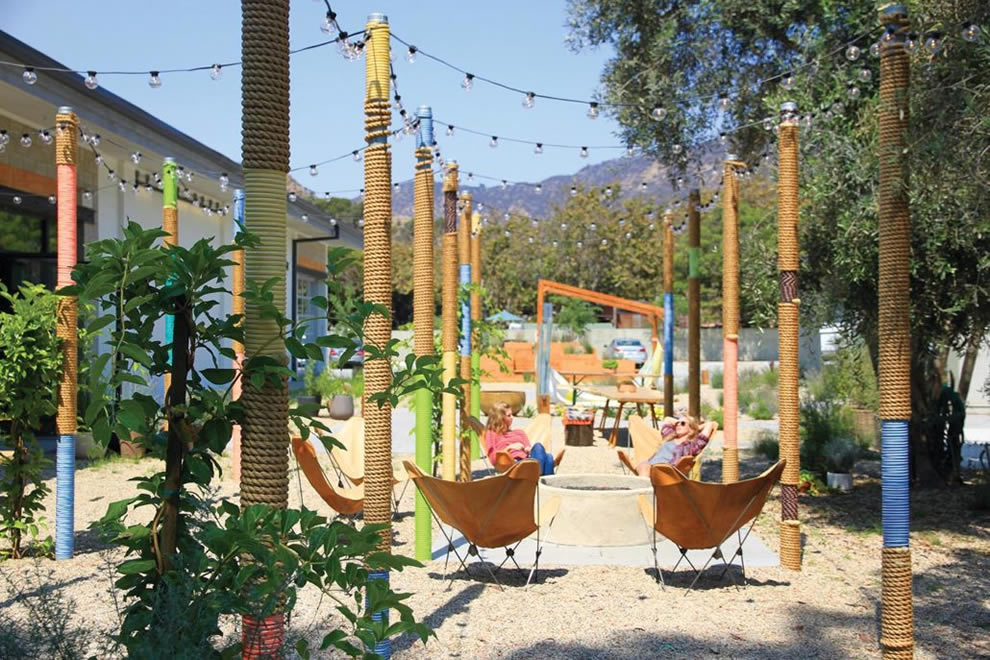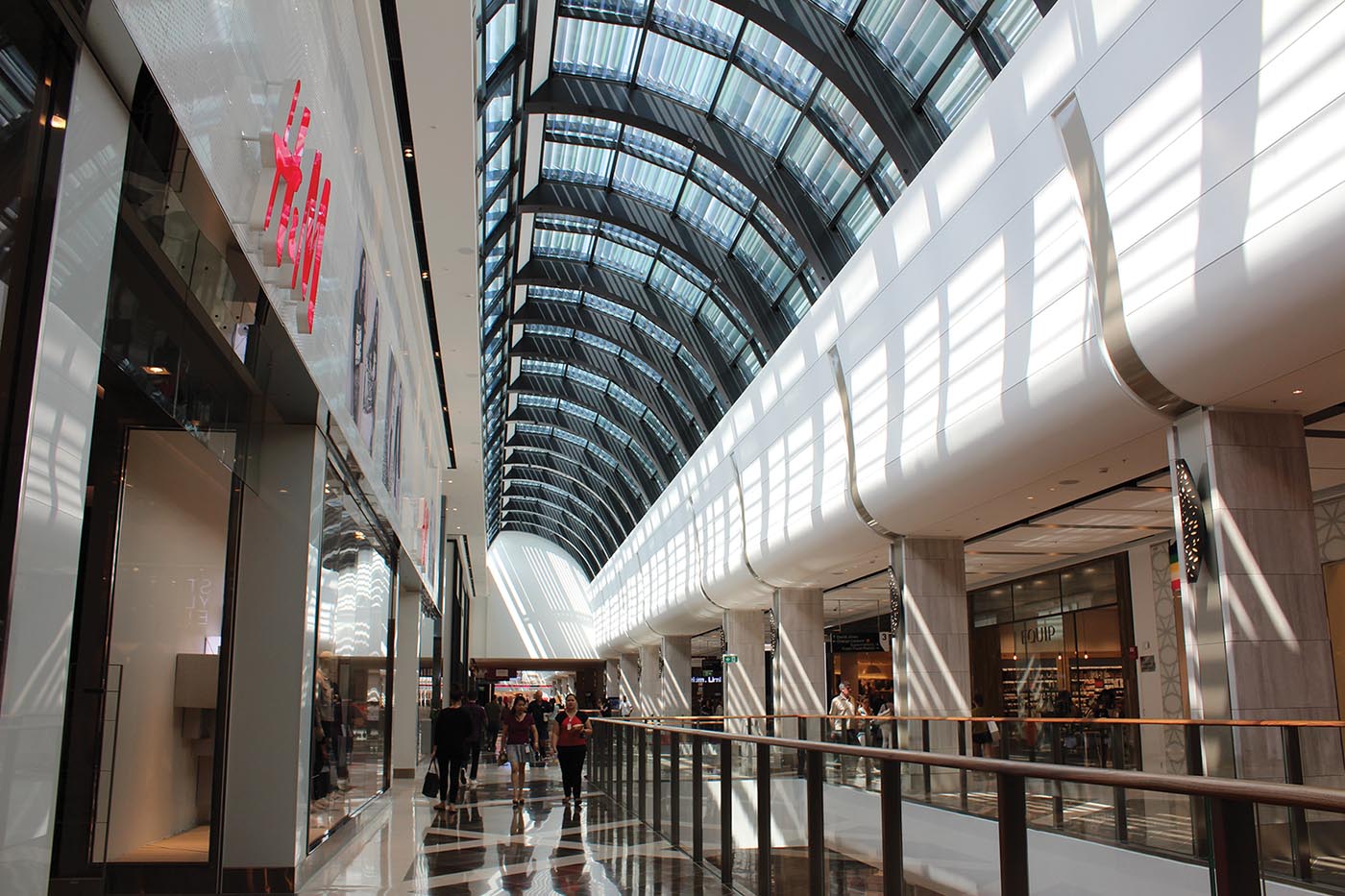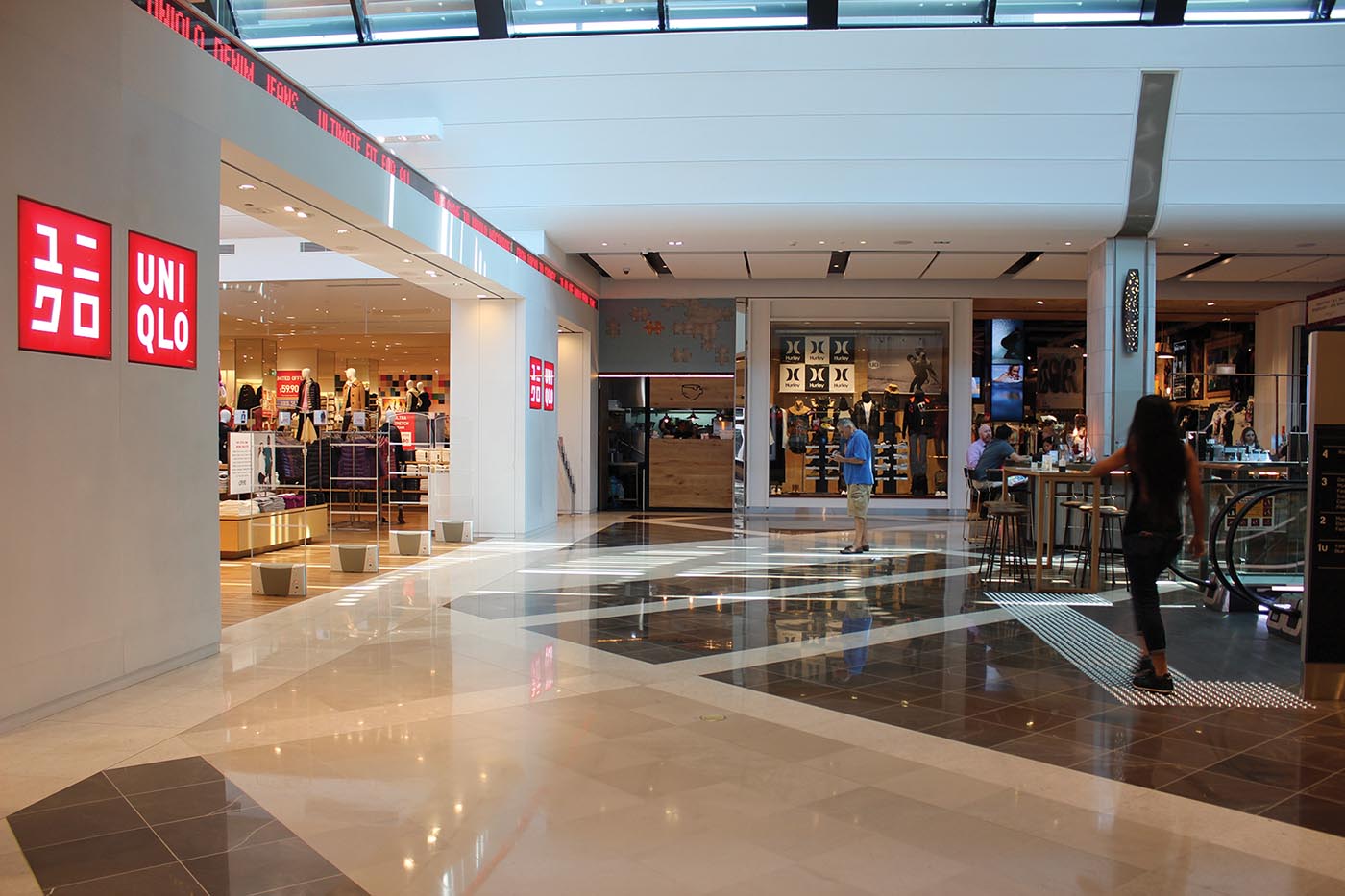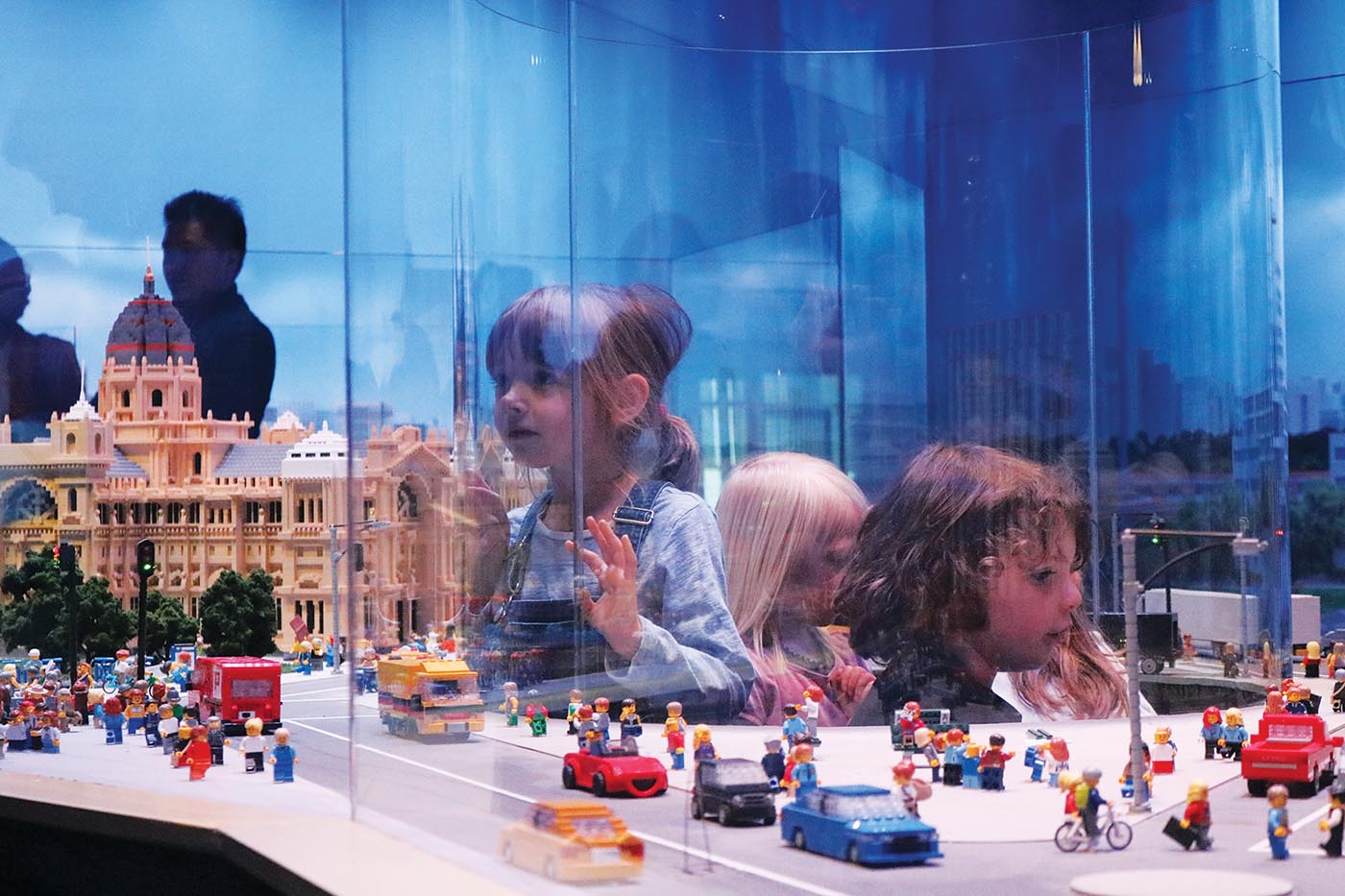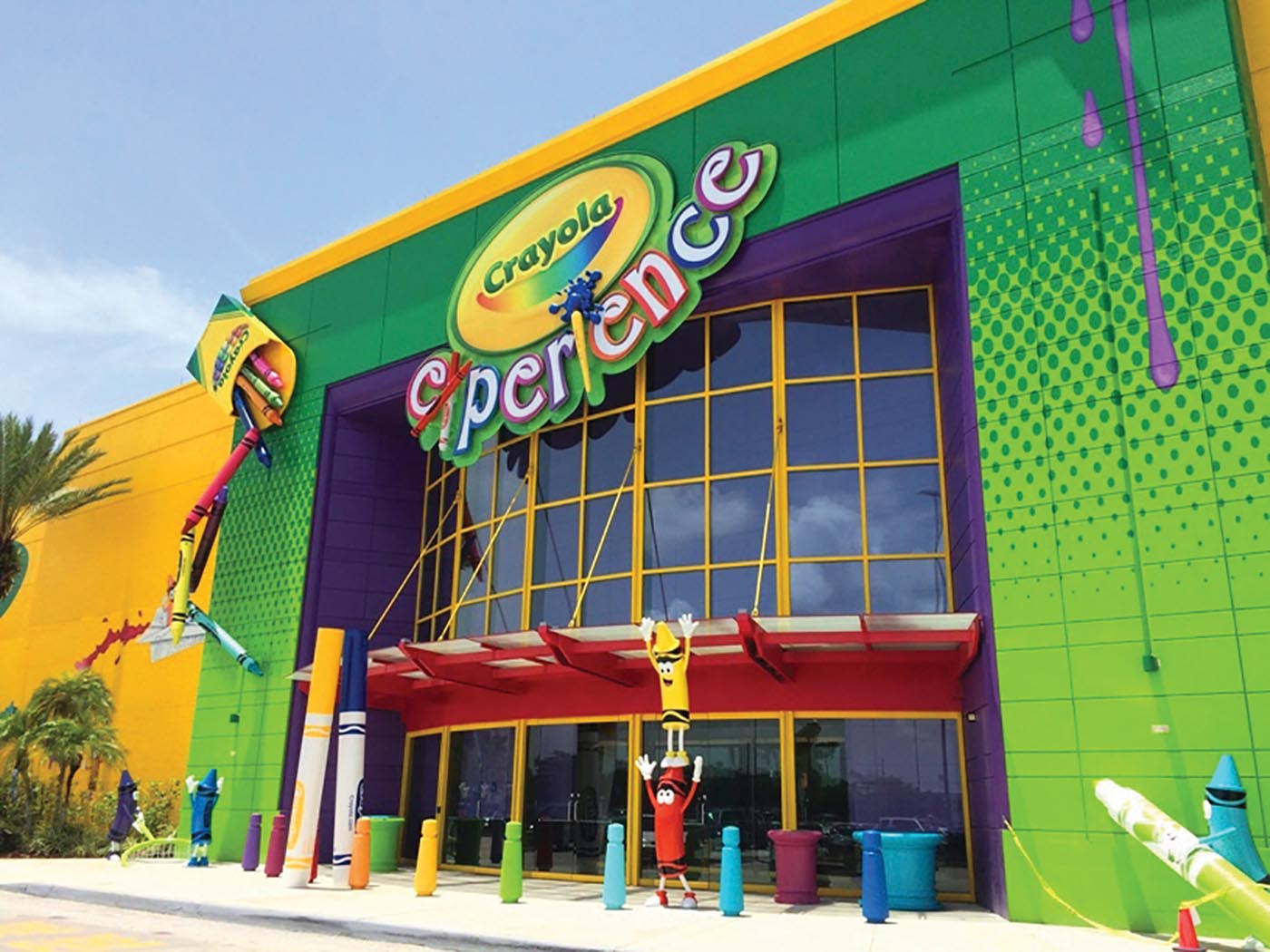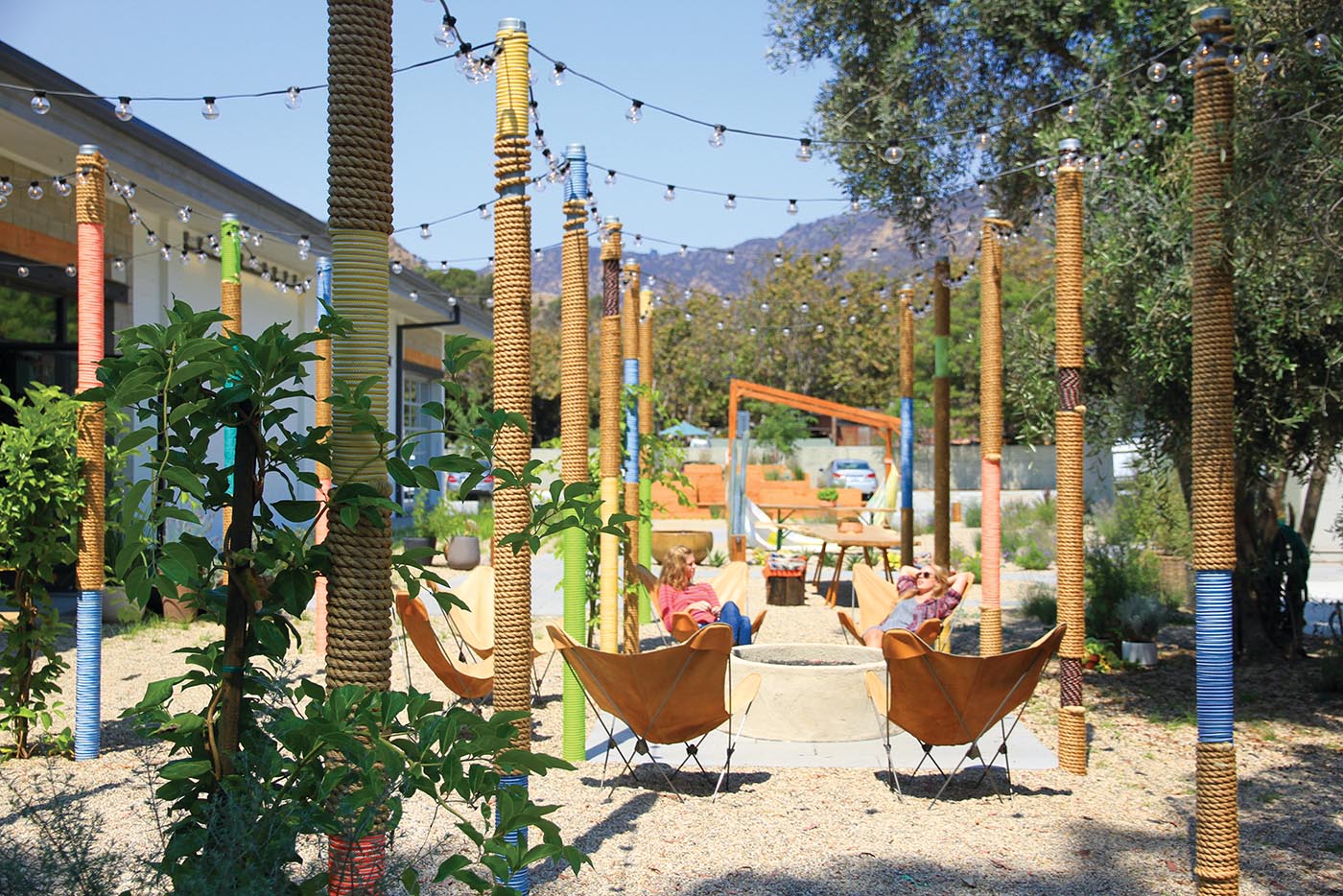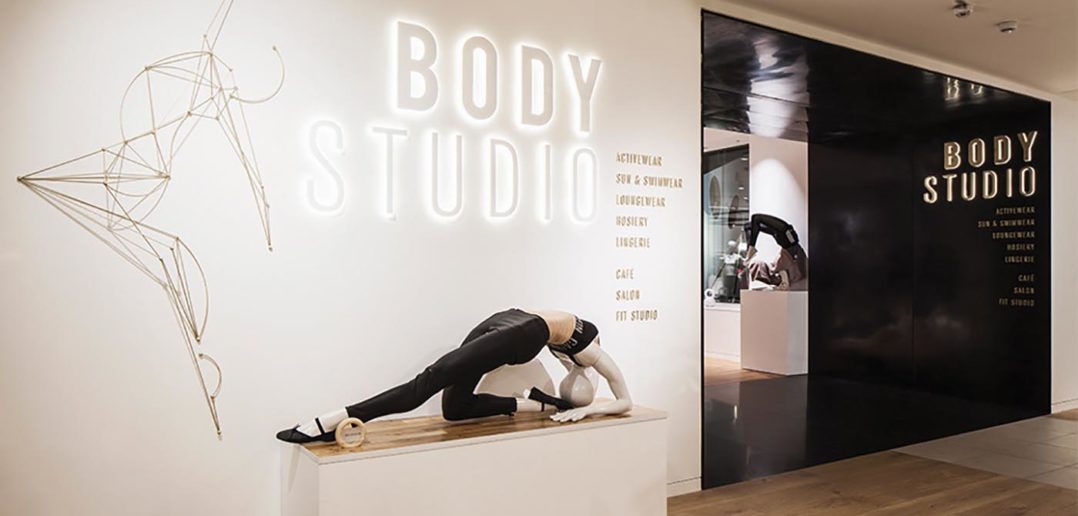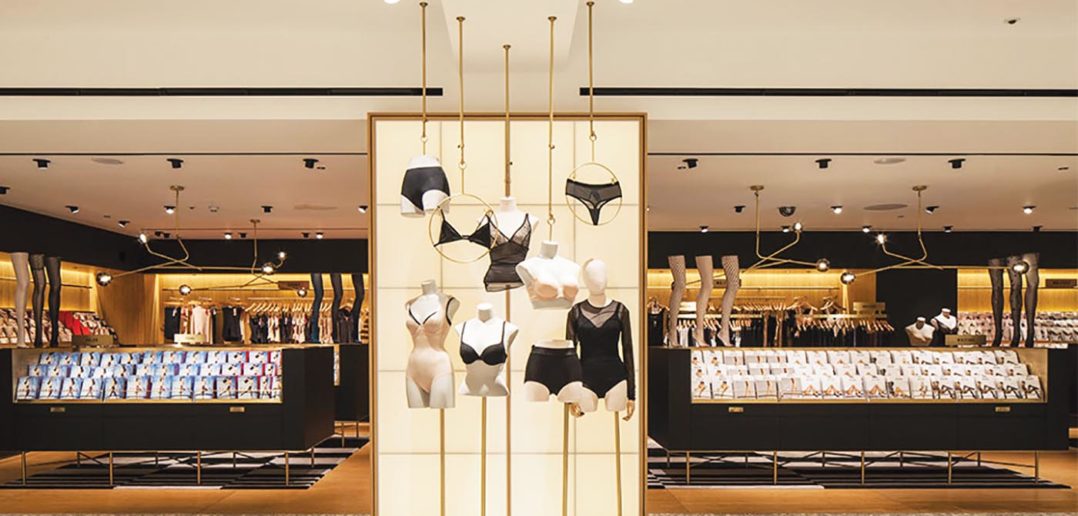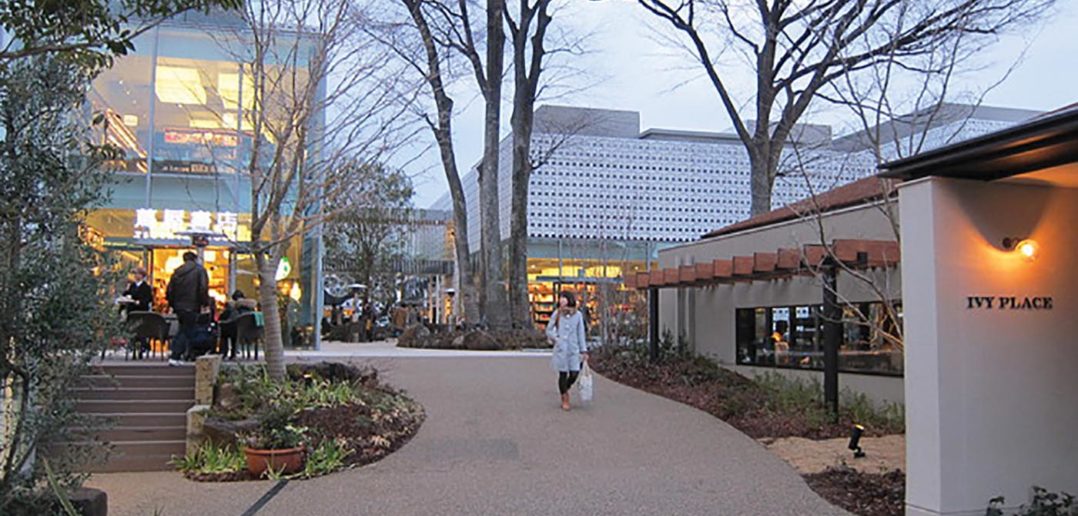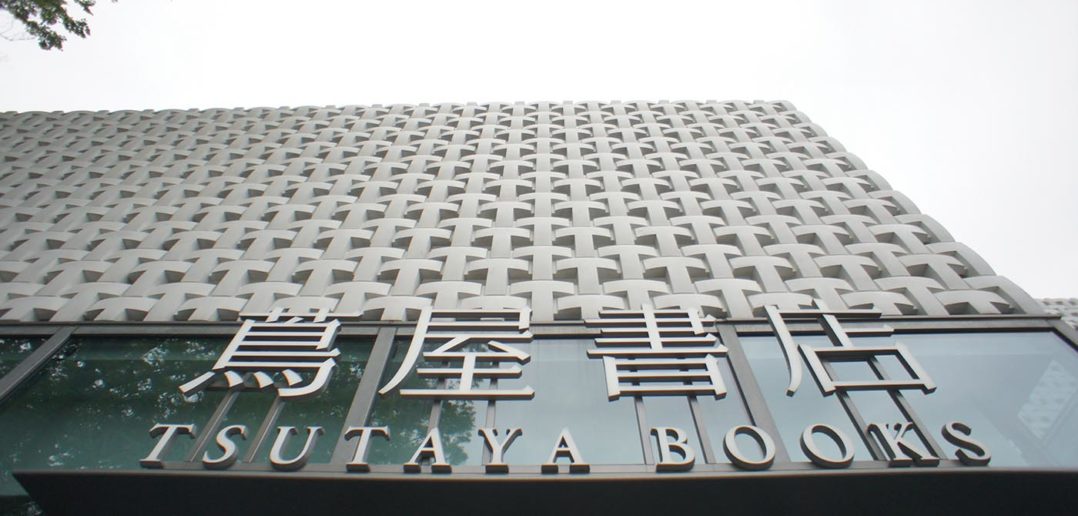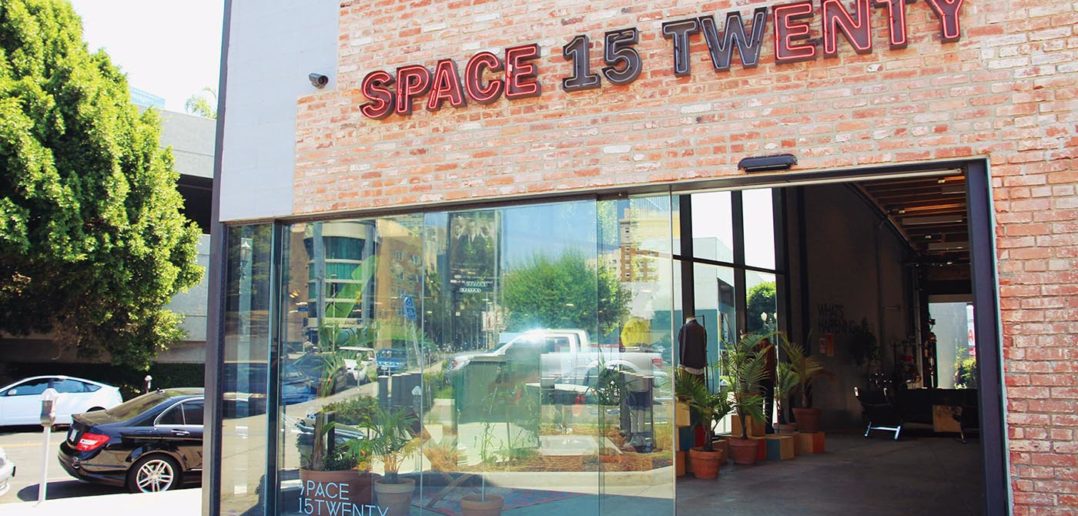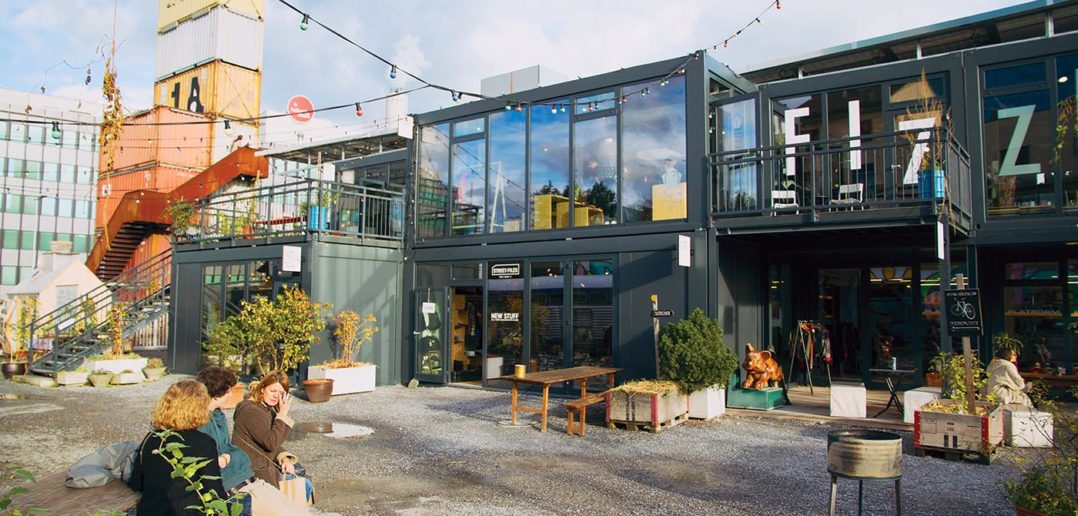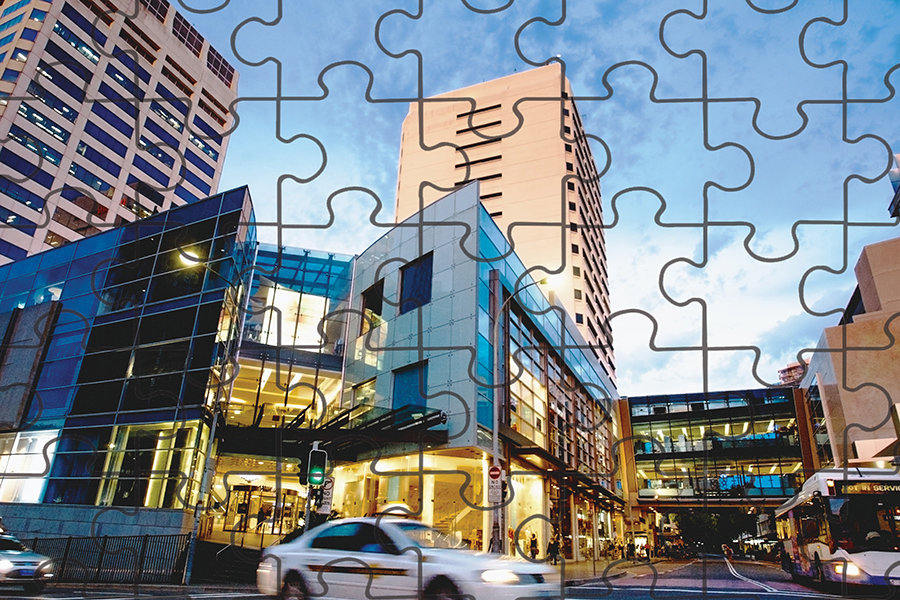There was a time when a department store as an anchor was worth 2 percentage points on your cap rate; e.g. 7% with a department store but 9% without one! That was a lot of money; but those days are gone. Today, a department store vacating a centre provides real opportunities for an owner. Department stores are diminishing in their importance and it’s likely we’ll see a host of ‘non-renewals’ as leases expire. What’s the alternative? Read on…
We know that department stores are being hit hard these days. This has played out particularly in the US with longterm retailers such as JCPenney announcing plans to shut 140 stores, Sears closing 150, and Macy’s closing 68, according to Urban Land Magazine (April 2017).
With department stores no longer the focal point of the mall, we are seeing new types of anchors emerging in today’s retail landscape – both within shopping centres and beyond.
These developments can be traced back to the Global Financial Crisis, when conservative spending habits were cultivated, catalysing a favouring of fast-fashion brands and discount outlets – think Zara and H&M – which have taken market share over department stores.
Also emerging from the GFC was a shift in values, reprioritising spend away from material possessions and towards experiences, from dining out to short- and long-term travel. This has trickled down into retail environments, where brands are now using experience to drive product, the savviest of which are becoming anchors.
According to a recent MarketWatch article, developers can often expect strong returns for subdividing the space of a former department store. In the US, department stores pay as little as $2 USD a square foot ($21.40 AUD/m2) whereas new anchors can pay $15–$20 USD a square foot ($160.50–$214 AUD/m2). If the space is subdivided for specialty retailers, rent can approach $100 USD a square foot ($1070/m2 AUD). It’s no wonder we are seeing this exchange occur.
At the CoolSprings Galleria in Tennessee, CBL Properties subdivided a former 16,900m2 Sears store into smaller sections that now house American Girl, H&M and the Cheesecake Factory. The mall’s sales per square foot rose 15% to $543 ($5,810 AUD/m2) in the year following the redevelopment.
- AMP’s Macquarie Centre, Sydney
- Legoland Discovery Centre, Chadstone
- Crayola Experience store
Key considerations for utilising anchors
- Underperforming anchors Consider the subdivision and reallocation of a tenancy to high-performing stores that resonate with the local market
- First-to-market experience Consider the introduction of an anchor or brand that is sought after in the asset’s trade area and a likely major driver for visitation
- Knowing your audiences Create heavyweight offers that tap into the tastes of your primary clientele, whether they are leisure-seeking families, culture aficionados or experience-driven millennials
- Make it social Experience is now being used to drive product; ensure new anchors go beyond transaction, and provide an opportunity for audiences to engage with each other
- Keep it complementary Ensure the chosen anchor is supported by an aligned set of retailers that create a distinctive yet cohesive precinct.
In the local context, centres are drawing on fast-fashion brands that offer a near first-to-market as a driver for visitation. This is pertinent for Pitt Street Mall in Sydney, which saw the opening of Australia’s first Zara store back in 2010, setting the trend for a clustering of contemporaries, with the likes of Uniqlo and Forever 21 following in recent years – to further solidify the shopping strip as the focus of CBD retail.
This is also true for outer-city shopping malls, with AMP Capital’s Macquarie Centre championing its $380-million redevelopment with H&M and Uniqlo as key tenants for the region.
In response to the rising experience economy, brands are increasingly using social opportunities to drive product and visitation. Malls are also repositioning themselves as lifestyle and entertainment centres.
A big player latching on to these trends and usurping department stores in the US are the Crayola Experience stores.
The family attraction, covering roughly 6500m2 over multiple levels, offers up to 20 hands-on interactive play stations that combine physical and digital creativity. Approximately 450m2 of the offer is a Crayola store, which has a range of novel activities, one of which allows families to name and label their own Crayola colours. The Pennsylvania store is so popular that it regularly consults with the local government to ensure tourist numbers and parking are well managed.
Turning to Melbourne, we are seeing a similar occurrence with Chadstone, home to Australia’s first Legoland Discovery Centre. The attraction, which comes in at $12 million, features a four-dimensional cinema, a detailed model of Melbourne, and more than two million Lego bricks for good old-fashioned building. Of Legoland, Zelman Ainsworth, head of Melbourne retail leasing at property group CBRE, said: “Legoland is a creative retail store which is about the experience and not just the product… It’s a destination retailer that brings a fresh new element to a shopping centre” (cited in the Sydney Morning Herald, 2015).
Chadstone Shopping Centre has ambitions for a number of high-quality leisure offers to join the Legoland Discovery Centre as part of the $600-million redevelopment.
Of course, it is important not to dismiss department stores entirely. A few main players are jumping on the experience bandwagon, and are determined to thrive.
Selfridges – anchor to London’s Oxford Street, and the figurehead in showcasing the city as a global centre for luxury fashion, product and food – has made a concerted effort to invest in bespoke spaces and leverage its product through unique experiences. Part of its £300-million development is the Body Studio, a bespoke space dedicated to lingerie, swimwear, loungewear and sportswear. The studio has a diverse set of programming, tapping into trends of ‘innerwear as outerwear’, wellness, immersive experience and the knowledge economy. The studio has hosted events with prominent guest speakers, including Deepak Chopra, Susie Orbach and the Royal Ballet dancer Lauren Cuthbertson. There have also been multi-sensory yoga sessions by Yung Club in the store’s Ultralounge. Anne Pitcher, Selfridges’ managing director, stated: “Department stores need to be more than shopping malls. This is pretty much a Selfridges-owned experience… It’s very conceptual. The emphasis on brand is played down, and it’s all about category and service.” (cited in WWD, 4 April 2016).
Looking at the department store’s performance, according to The Guardian, Selfridges’ stores in Manchester, Birmingham and London performed above average with total sales jumping 5% to £1.4 billion for the year concluding in 30 January 2016.
Shifting our focus away from big brands and malls, we are also seeing a number of specialty and independent brands taking the reins and becoming anchors in their own right. A key one capturing millennials is Urban Outfitters’ Space 15Twenty – a unique retail precinct developed and anchored by the company. The precinct is curated with a set of retailers that are complementary to the Urban Outfitters brand and tap into the extended interests of their creative clientele. Part of the place strategy is to have a combination of long-term tenancies as well as a ‘revolving’ set of brands to generate customer interest and return visitation. The spatial design of Space 15Twenty is fine grain and conducive to lingering. The stores are connected by a central courtyard space surrounded by retailers, gallery, performance space, hair salon, bookstore and restaurant, all of which encourage customer participation and extended stays.
In Tokyo’s chic Daikanyama district there have been similar well-loved concepts. In a bold move by bookstore giant Tsutaya, at a time when print is diminishing, the company invested in the creation of T-Site, a quietly powerful retail destination. Across the 5,600m2 are the Kitamura Camera store, Motovelo electric bike store, Green Dog pet boutique and a gallery – each reflective of the area’s cool demeanour. Undeniably, the hero of the site is Tsutaya, a haven for culture aficionados and welcome respite from the chaos of Shibuya. The bookstore is part gallery, part modern salon, where customers can enjoy a coffee or cocktail whilst perusing the six ‘mini-bookstores’ or the huge catalogue of music at the audio stations. Also in-store is a travel concierge offering valuable local insight to visitors. Where Daikanyama wins big is in understanding its culture-savvy audiences, including the vast number of foreigners with time and money to spend as well as the local cool-set, and those wanting to hone their English skills.
Rejecting the nature of anchors completely, localised retail precincts, which present a strategic set of equal-tiered retailers, create a robust proposition. Malibu Country Mart, in Los Angeles, is one such place, housing a smart selection of upscale boutiques that appeal to the well-heeled local residents. Retailers, including the likes of Oliver Peoples, Calypso St Barthe and John Varvatos, are peppered around the various courtyards and cafes drawing families and groups of friends for leisurely afternoons.
Another example is Frau Gerolds Garten in Zurich – formed through a small group of businesses. The cluster has temporarily set up in an industrial landscape marked for redevelopment. The handful of boutiques are design centred and complementary across fashion, accessories, objects and art – each endeavouring to sell unique local products. The site is also a social hub for local workers, who flock to the restaurant and courtyards for summertime drinks and markets. Though disparate in offer, the success of both Malibu Country Mart and Frau Gerold’s Garten can be attributed to offerings that are attuned to local tastes and spaces that are attractive for social gatherings.
- Frau Gerolds Garten, Zurich
- Selfridges Body Studio, London
- Selfridges Body Studio, London
- T-Site Tsutaya in Tokyo’s chic Daikanyama district
- T-Site Tsutaya in Tokyo’s chic Daikanyama district
- Space 15Twenty, Los Angeles
- Malibu Country Mart, Los Angeles


